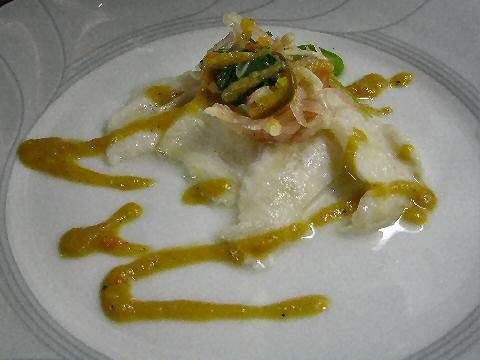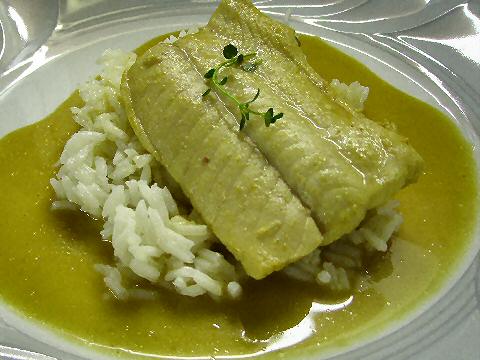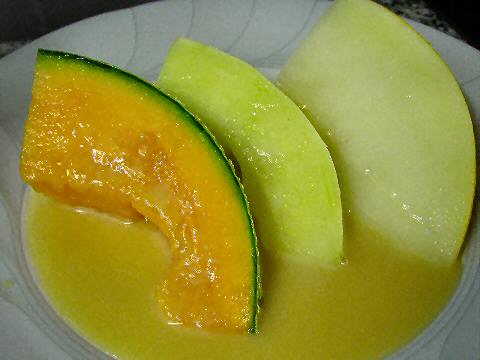“Finally, when it had been erased from the map of the penninsular after some many centuries, the name ‘Langkasuka’ again appeared in our history when it was mooted by our founding fathers as a possible name for independent Malaya.”
– Sabri Zain, The Lost Kingdom of Langasuka
Buenos Aires – There was no reason in particular to go with a Malaysian theme at Casa S this past weekend. It was a whim – I like Malaysian food, it had been awhile since I’d cooked any, our southeast Asian dinners in general are popular – why not? Malaysia, being a conglomeration of what were once fourteen independent states, has a variety of influences on its cuisine – the majority Malay population, India, China, and various smaller tribal cultures. All of these lead to a cuisine that’s similar in many ways to its neighbors but with its own unique character. I have some favorite dishes, though, in the end chose not to prepare them, simply because they’re red-meat based and several guests on both nights had asked for non-red options… so be it – a seafood and vegetable dinner it was to be, and thankfully, much of Malaysia’s cuisine is based on both of those.

Next up a soup based on an Indian influenced dish, called rasam. In a large pot saute mustard seeds in oil until they’re popping. Add fenugreek seed, shallots, chilies, black onion seed, and a couple of bay leaves and saute for about two minutes. Add peppercorns, fennel, cumin, and coriander seeds, garlic cloves, turmeric and salt, and cook another two minutes. Add water and coarsely chopped tomatoes, and then I used the hand blender on the whole thing to puree it coarsely, then added a handful of tamarind pulp and seeds, and let the whole thing simmer for about an hour until it was nice and flavorful. I strained it into another pot – now, the recipes I have all more or less stop there (and the spices change from recipe to recipe), leaving it a simple clear broth. I wanted some substance to it, and though that some cauliflower and potatoes would do that well – I separated the former into little florets and the latter diced, and then roasted them in the oven with a little olive oil and salt until they were lightly browned. Then, right into the broth.
The least successful dish, in my view, was one based on an eggplant side dish called tiyung belacan. The traditional approach is a paste made of various ingredients including toasted dried shrimp, and then sauteeing the eggplant in wedges in the paste. I couldn’t leave well enough alone, you know? The paste itself was fine – a puree of a couple of onions, some garlic cloves, a knob of ginger, a good quantity of dried shrimp that I toasted in a dry skillet, a chili, and a few basil leaves. Stir-fry that for a few minutes until the extra water evaporates and it becomes paste-like. At that point, I made little tart shells, and layered slices of yam (sauteed in oil for five minutes first or they won’t cook all the way through in the tart), zucchini, and eggplant, each arranged in a pinwheel of slices (I tried using small dice one night, but didn’t like the way it looked). I topped that with a dollop of the sauce and baked in the oven. The flavors were fine, though I wasn’t thrilled with the presentation, and I think the sauteeing method blends the flavors better. Probably not one I’ll repeat down the line.


[…] Umai, a Malaysian dish similar to ceviche, and… […]
I usually don’t comment on blogs, but this recipe changed my opinion. I just write to say thank you!
[…] and ended up with a twelve piece plate of salmon, red tuna, white tuna (which I’ve only seen here once before at a fish market, and offered once at a sushi bar but they didn’t actually have it), sea […]